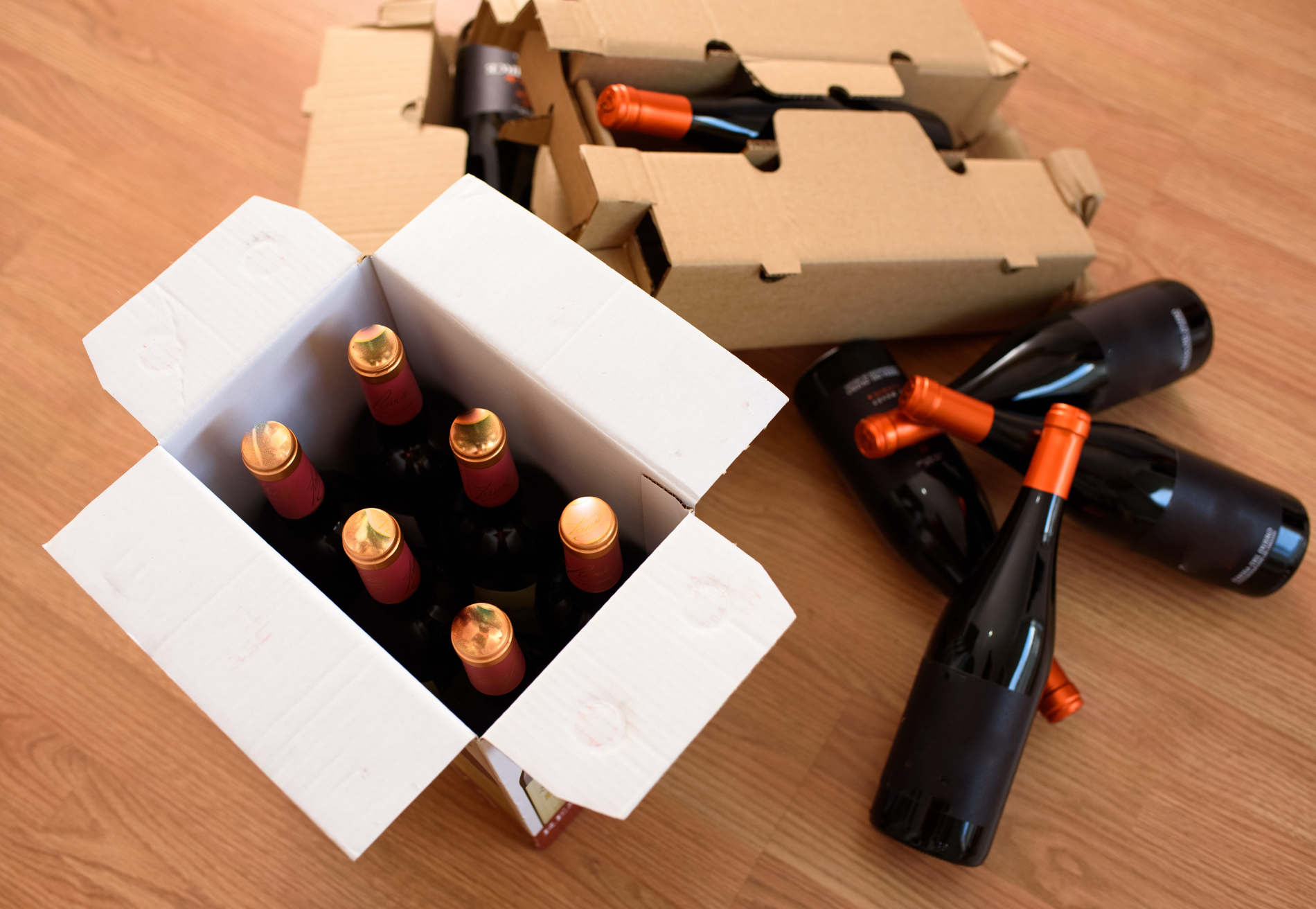Delivery Dispatch Systems: How to Find the Best

In today’s fast-paced business world, speed is often critical in order fulfillment. A good delivery dispatch system should be able to handle both small and large-scale deliveries with ease. It should also be user-friendly enough for both dispatchers and drivers to use so that problems can be addressed quickly and orders can be delivered promptly.
To maximize efficiency and improve customer experience, businesses should look for certain features when choosing a delivery dispatch system.
What is a Delivery Dispatch System?
A delivery dispatch system utilizes cloud-based data to help businesses manage and organize their deliveries better and faster. Using a dispatch system, companies can assign drivers to make deliveries, track their progress in real time, and manage all aspects of the delivery process from the same dashboard. It’s an essential tool for businesses that need to keep tabs on their fleets of delivery drivers and streamline the order fulfillment process.
How Does Delivery Dispatch Work?
Dispatching is the task of assigning orders to drivers and managing them throughout the delivery process. Dispatchers are typically responsible for keeping track of delivery driver locations, working with customers to schedule deliveries, handling any customer issues or complaints that arise during a route, providing driver support when needed, and ensuring that orders are delivered on time and without incident.
A dispatcher oversees the entire delivery operation’s process, ensuring that drivers are assigned jobs quickly and efficiently, making sure vehicles are in good condition, and ensuring a great customer experience by delivering goods on time.
In essence, they serve as liaisons between customers and the company’s staff of drivers. With modern technology like delivery dispatching systems, managing these tasks is easier than ever before.
8 Things To Look For When Choosing A Delivery Dispatch System
- Mobile Dispatch & Driver Apps. A good delivery dispatch system should have mobile apps designed specifically for both dispatchers and drivers so they can access all necessary information while on the go. This will enable you to easily update customer orders in real-time or check in on driver progress from anywhere with an internet connection.
- Route Optimization. Route optimization tools help ensure your drivers are taking the most efficient routes available between stops so you can reduce drive times and fuel costs, while simultaneously improving customer satisfaction through faster deliveries.
- Real-Time Tracking. You should be able to track your fleet’s progress across every step of their routes in real-time so you know exactly when each order will arrive at its destination. This ensures complete visibility into your operations at all times and gives you peace of mind knowing everything is running smoothly with no surprises along the way.
- Automated Scheduling & Notifications. Automation features help streamline processes such as scheduling new deliveries or sending notifications to customers when their deliveries arrive at their doorstep -- saving valuable time better spent elsewhere growing your business instead of manually handling logistical tasks.
- Easy Integration. Easy integration capabilities allow third-party services such as logistics providers or eCommerce platforms to connect seamlessly with your dispatch software so data can flow freely between different systems without having to manually enter data over again which saves lots of time down the line
- Communication Tools. Communication between dispatchers and drivers is important for efficient order fulfillment so your delivery dispatch system should have integrated communication tools such as SMS messaging, emailing, or chat messaging so employees can stay connected even when they’re out on the road.
- Reporting & Data Analysis. It’s also important for a good delivery dispatch system to provide detailed reporting capabilities so you can analyze data around orders completed, the average time taken per order, and customer satisfaction ratings. This data can then be used to further improve operational efficiency over time by identifying potential areas of improvement or bottlenecks in the existing process flow.
- Scalability & Support. The last thing you want is for your dispatch system suddenly grinds to a halt if it becomes overloaded with orders from significant growth in demand from customers--so make sure your chosen platform has scalability options plus comprehensive technical support should any issues arise along the way.
Conclusion
Choosing a reliable and comprehensive delivery dispatch system is essential for businesses looking to streamline their logistics operations while increasing efficiency and customer satisfaction levels at the same time. With the right solution in place, you can ensure that all your deliveries are fulfilled successfully without any delays or hiccups along the way while improving employee productivity at the same time!
Index
Ready to get started?
Play around with it first, add your team, pay later.








.avif)






%201.svg)
